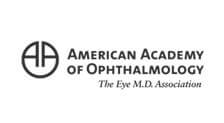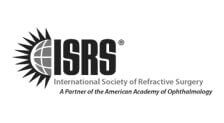There’s no question that we are living in the future. From having an extraordinarily powerful computer capable of doing just about anything in the palm of your hand everyday, to unimaginable leaps and advances in medicine that allows people to enjoy life longer and healthier, technology is always improving.

One of the best parts about technology, however, is its ability to be applied to a wide range of topics and fields. From bubble wrap, which started out as wallpaper, to Play-doh, which was intended to be a wallpaper cleaner, there are countless examples of the wide variety of applications for technology. But how does this relate to eyesight?
Mapping Out the Eye
LASIK has changed since its inception. Before there were powerful computers, eye surgeons were only able to use eye exams to determine how to proceed with vision correction. While this method is still effective and frequently used, it’s been largely made obsolete by one important piece of tech. Wavefront scanning. This utilizes an “aberrometer” to detect defects (or “aberrations”) of the eye. It maps out the shape of the cornea perfectly, which is good because your cornea is a lot like your thumbprint, it’s different from everyone else’s.
In 2018, NASA is planning on launching the James Webb telescope, the most powerful telescope in existence. It is seven times larger than the Hubble telescope, which allows it to collect substantially more light from deep space. It is so sensitive that it could detect an insect on the moon. A major part of why this telescope is so good at what it does is the fact that the mirrors it uses to reflect light are almost perfectly smooth.
The Hubble telescope famously failed its intended purpose, or at least didn’t achieve its true potential, due to having slight imperfections in its mirrors, causing the images it took to be out of focus. The James Webb telescope will be placed much further away, over a million miles away, and repairing any mistakes will be impossible. So to ensure that the telescope will be in absolute perfect condition before sending it out, a technology was developed to detect and map out surface texture.
Scientists made the connection that this technology worked on very similar principles to what was needed in LASIK. Accurate readings of the surface of the cornea would completely revolutionize the way we looked at LASIK. The sensor has since been repurposed to map out corneas.
At Carter Eye Center, we are proud to be using cutting edge technology, such as CustomVue and Wavefront devices, to provide our patients in Dallas, Texas with the best care. Click here to learn more about our custom LASIK services!









